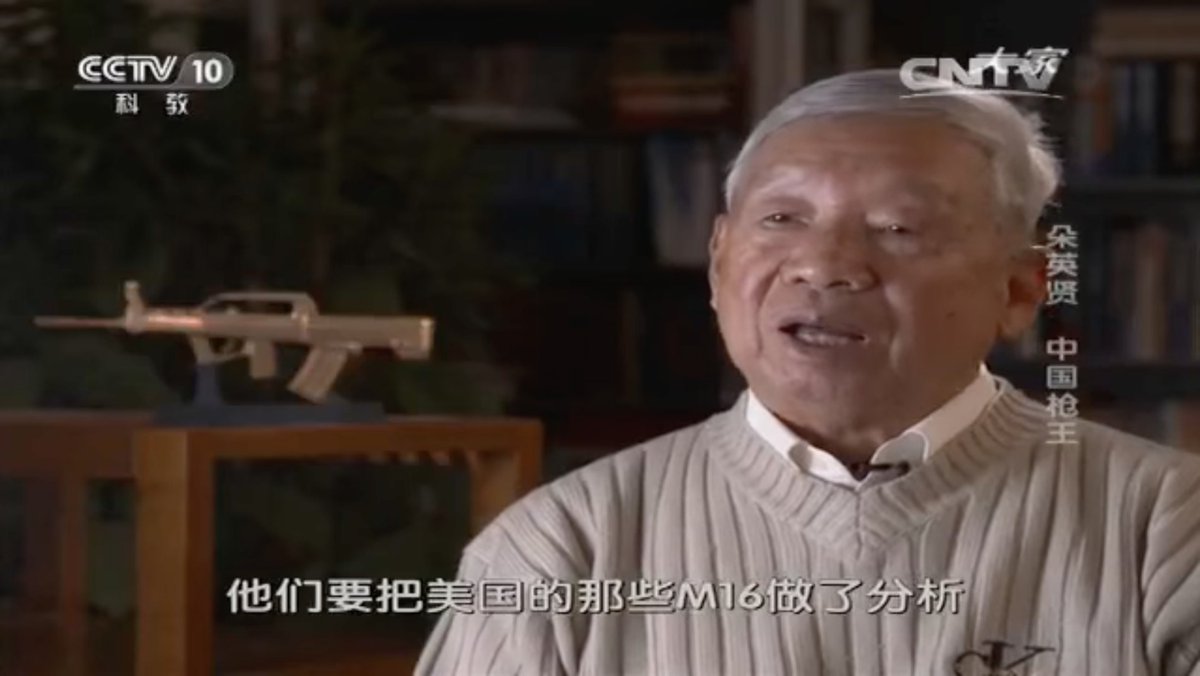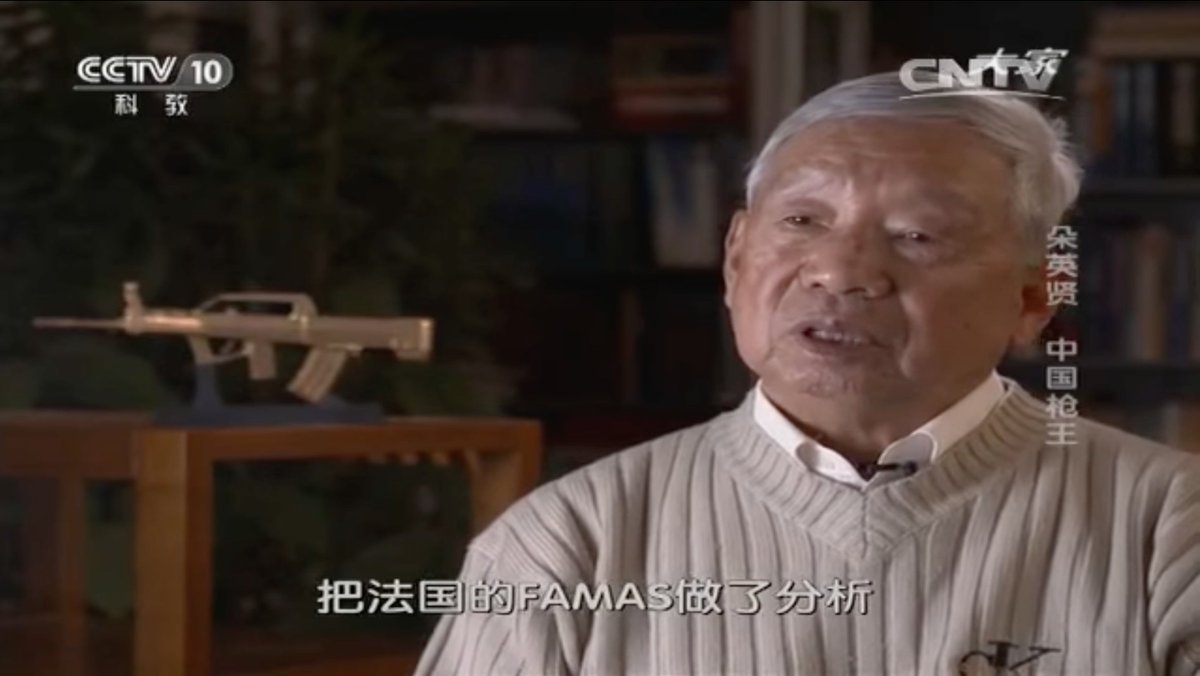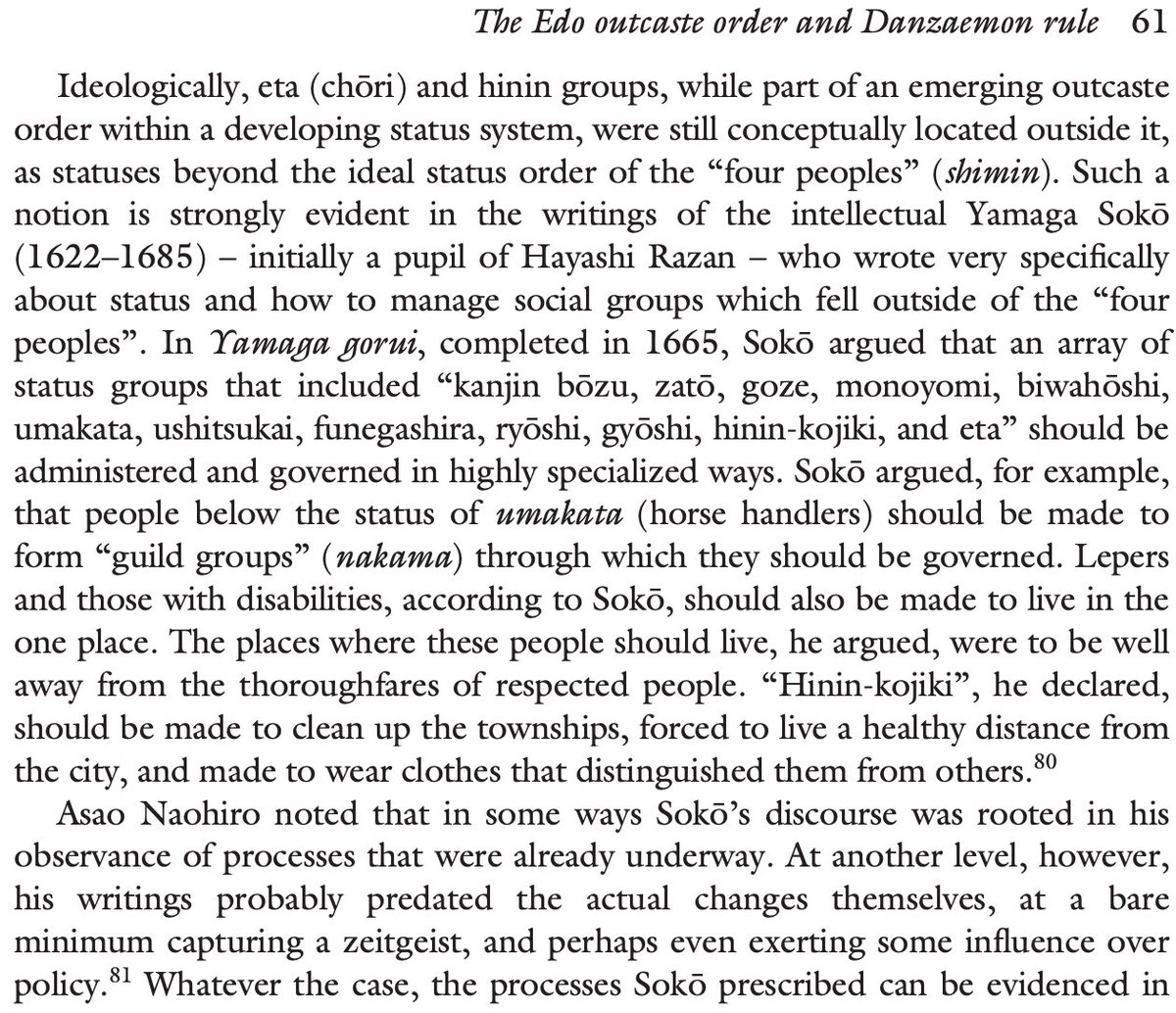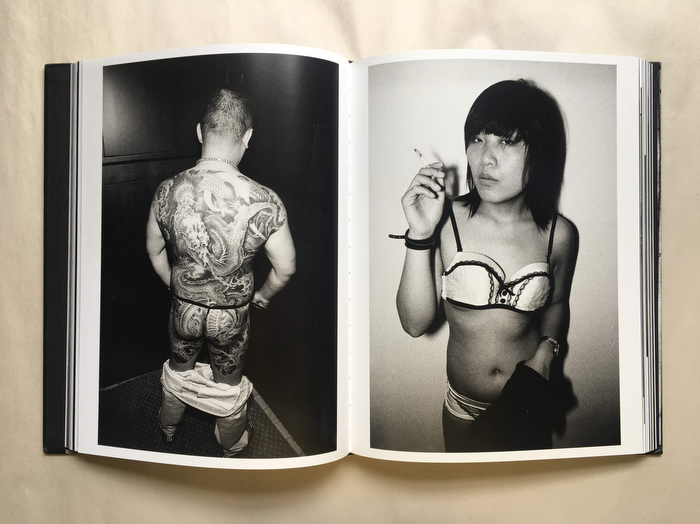
He's a different type of figure than either Kalashnikov or Stoner (and a generation younger), but Duo Yingxian might be the closest China produced to either one. So, this is his story, as best as I can tell it.
In the 1950s, while he was in his twenties, Duo Yingxian was drafted to work under Soviet advisors, turning out copies of their weapons. At first, there wasn't much effort put into design; they had the plans. The problem was developing industrial infrastructure and expertise.
Most expertise was put into working out manufacturing problems. Chinese armories got very good at making guns like the Type 56 AK variant. The Soviet designs were crucial. This was true even after the Sino-Soviet split. (Small Arms of the World.) 



After the split, China didn't have access to Soviet small arms innovation. They focused mainly on perfecting what they already had or making reasonable modifications. (Soldiers with Type 56s, illustrated in The Chinese People's Liberation Army Since 1949.) 

One exception was the Type 67 machine gun. Although not technologically revolutionary, it could replace Soviet-derived designs and be produced without armories completely retooling. It is credited to Duo Yingxian. His success there is how he got the job to replace the Type 81.
The Type 81 was the rifle meant to replace the Type 56 (or the Type 67) (as the AKM and AK-74 had replaced the AK for the Soviets). It was good but still a distant cousin of Soviet rifles. They needed a modern small caliber rifle. (Small Arms Visual Encyclopedia.) 

In the '80s, sorting out the Sino-Vietnam conflict, opening up to new thinking, the military looked at what the rest of the world had been up to in the meantime. Duo Yingxian was given a team, a budget, and a deadline. He revived his own small caliber development, began in 1971. 







He analyzed the Type 81. He looked at what else was in development. He met Kalashnikov and asked him why his guns couldn't shoot straight. He met Stoner (second from left, Duo second from right) and asked why the M16 was unreliable in the field. 

He settled on a short, cheap, light (three kilos, well balanced: you can see him wielding it with one hand; Chinese accounts always say it suits their particular body type), polymer-heavy bullpup chambered for China's own 5.8x42mm. This was the first generation of the Type 95. 







The Type 81 had been part of the first wave of military modernization; the Type 95 was part of another wave, predicting a new type of conflict (limited and quick, not border skirmishes with the Soviets) and using new manufacturing processes for the plastics involved.
By the late 1990s (it's often noted that most people saw them for the first time at the Hong Kong handover ceremony, which may or may not be true), Duo Yingxian's Type 95 was sent to the field. It became a platform worth developing.
This is a very sketchy history of Chinese small arms manufacturing and Duo Yingxian's own involvement in it. It's interesting that although he is not a household name that he has been granted for various reasons (I don't fully understand them) the "King of Guns" title... 

It's another testament to post-reform Chinese industrial innovation, I suppose. The design had longevity. Even as it's gradually replaced for Chinese forces, there are still millions out there in the world. The brave men and women of the United Wa State Army swear by them. 

You can watch hours of celebrations of Duo Yingxian and the Type 95. A good biography: . Development and manufacturing: . You can watch Ian McCollum disassemble a semi-auto civilian export version:
• • •
Missing some Tweet in this thread? You can try to
force a refresh























